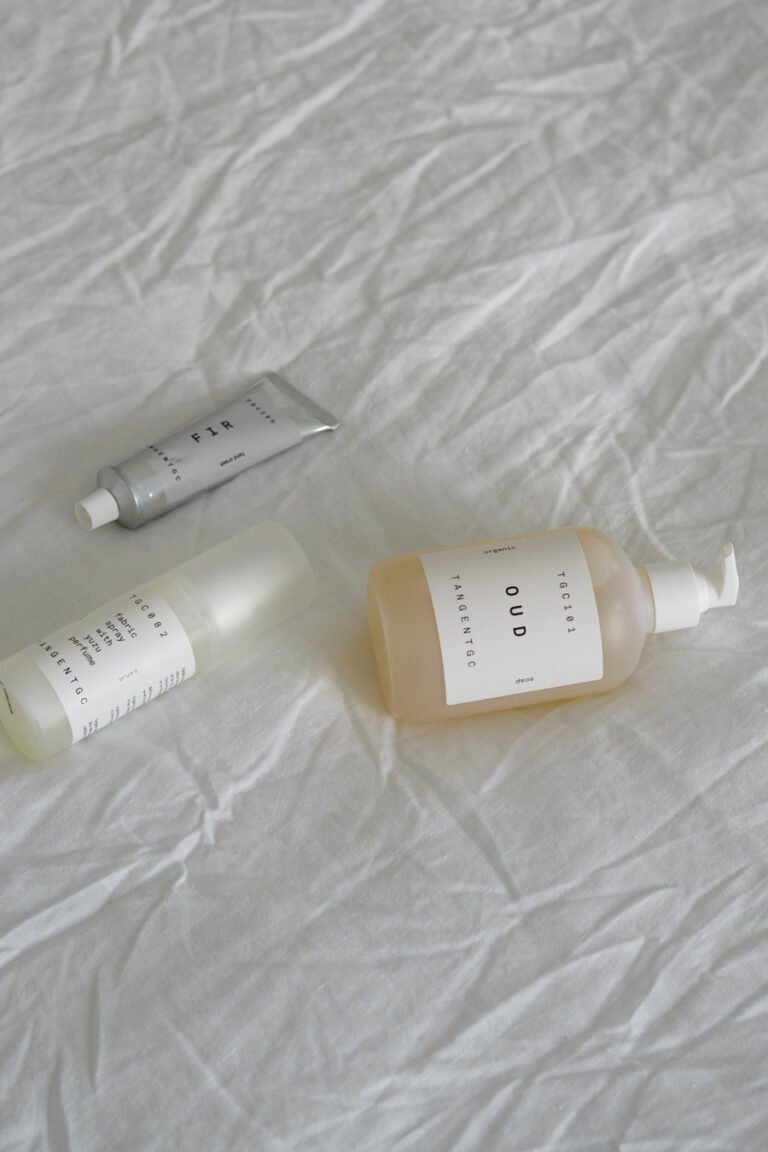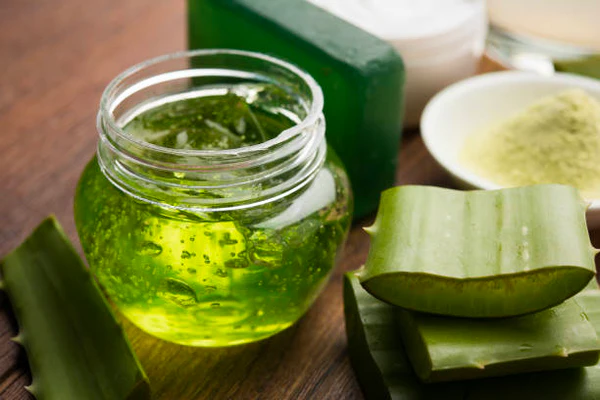Why Your Skin Barrier Is Freaking Out — and How to Calm It Down
If your skin has suddenly gone from glowing to irritated, dry, red, itchy, flaky, or just plain angry, don’t panic — your skin barrier is probably crying out for help. Today, everyone wants glass-skin perfection, but aggressive skincare routines, harsh exfoliants, and over-cleansing can actually destroy the delicate skin moisture barrier that protects your face.
Whether you’re dealing with peeling skin after retinoids, burning after applying vitamin C, or you’re suddenly reactive to products you once loved, the root cause might be the same: a damaged skin barrier.
In this guide, we’ll break down:
✅ What the skin barrier is
✅ Signs your skin barrier is damaged
✅ Common causes of skin barrier damage
✅ How to repair and strengthen your skin barrier fast
✅ The best skin barrier repair ingredients + routine
Let’s get into it and get your skin calm, hydrated, and happy again.
What Is Your Skin Barrier — and Why Does It Matter?
Your skin barrier (aka the moisture barrier or lipid barrier) is the outermost layer of your skin, called the stratum corneum. Think of it like your body’s security system. Its job is to:
Lock in moisture and hydration
Keep out bacteria, pollutants, and irritants
Maintain smooth, healthy, glowing skin
Prevent transepidermal water loss (TEWL) (aka moisture evaporation)
When the skin barrier is healthy, your complexion is:
✨ Plump
✨ Supple
✨ Hydrated
✨ Less prone to irritation and acne
✨ Naturally glowy
But when the skin barrier becomes damaged, the opposite happens — fast.
Signs Your Skin Barrier Is Damaged
Here are the most common skin barrier damage symptoms:
Tight, rough, or sandpaper-like texture
Burning or stinging when applying skincare
Redness and irritation
Dryness or flaky patches
Breakouts or sudden acne
Increased oiliness (your skin overcompensating)
Skin feeling hot or inflamed
Fine lines appearing more visible
If your skin suddenly feels wrong, sensitive, or “nothing works anymore,” that’s your barrier waving a white flag.
How to Repair Your Skin Barrier Fast
Good news: you can repair your damaged skin barrier. The key? Slow down. Simplify. Soothe.
Follow this skin barrier repair routine for 2–4 weeks:
Step-by-Step Skin Barrier Repair Routine
AM Routine
Gentle Hydrating Cleanser
Hydrating Toner or Essence
Look for hyaluronic acid, panthenol, or glycerin
Barrier-Repair Serum
Niacinamide (low %), peptides, ceramides, or beta-glucan
Moisturizer with Ceramides & Fatty Acids
Sunscreen 50+
ESSENTIAL — UV breaks barrier further
PM Routine
Gentle Cleanser (only once at night)
Barrier-Repair Serum or Hydrating Serum
Rich Barrier Cream or Occlusive Balm
Look for petrolatum, shea butter, ceramides
Pause These Until Your Barrier Heals
Stop using for now:
⛔ Retinoids (tretinoin, retinol)
⛔ AHAs/BHAs (glycolic, lactic, salicylic)
⛔ Vitamin C (if sensitive)
⛔ Benzoyl peroxide
⛔ Harsh scrubs and cleansing brushes
⛔ Alcohol-heavy toners and fragrance products
You’ll reintroduce these slowly — but healing first!
Best Ingredients for Skin Barrier Repair
💧 Ceramides
Rebuild lipid barrier and restore moisture.
🧈 Fatty Acids & Cholesterol
Work with ceramides to strengthen barrier structure.
🌿 Niacinamide (2–5%)
Reduces redness, supports barrier repair, prevents moisture loss.
🦋 Peptides
Support skin renewal and strengthen the barrier.
🍯 Panthenol (Vitamin B5)
Soothes irritation and repairs damaged skin.
🌾 Beta-Glucan
More hydrating than hyaluronic acid, reduces redness.
🧴 Hyaluronic Acid
Pulls moisture into skin (pair with occlusive cream).
💦 Petrolatum
Locks in hydration and protects barrier (slugging approved!).
Lifestyle Tips for a Healthy Skin Barrier
Your barrier isn’t just skincare — habits matter too.
✅ Use lukewarm water
✅ Sleep 7–8 hours (skin repairs overnight)
✅ Drink water & eat omega-3-rich foods (salmon, chia seeds)
✅ Use a humidifier, especially in winter
✅ Reduce sugar & processed foods
✅ Avoid touching your face
How Long Does It Take to Repair Your Skin Barrier?
Most barriers heal within 2–8 weeks depending on damage severity.
You’ll know your skin barrier is healing when:
✨ Redness decreases
✨ Skin feels comfortable again
✨ Hydration improves
✨ Stinging stops
✨ Texture smooths
When to See a Dermatologist
If you suspect eczema, perioral dermatitis, rosacea, or persistent redness that doesn’t improve — see a dermatologist. Sometimes prescription anti-inflammatories are needed.
Final Thoughts: Your Skin Loves Simplicity
Your skin doesn’t want a 15-step routine. It wants:
Gentle cleansing
Deep hydration
Barrier support
Daily sunscreen
Give your skin time to heal and remember: calm skin is happy skin, and a healthy barrier is the foundation of glowing skin.
SEO Keywords Used (for reference)
skin barrier, damaged skin barrier, skin barrier repair, moisture barrier, how to repair skin barrier, sensitive skin routine, over-exfoliation, barrier repair routine, ceramides, niacinamide, slugging, dry irritated skin, transepidermal water loss, hydrating skincare, repairing skin barrier fast, skincare routine for barrier repair
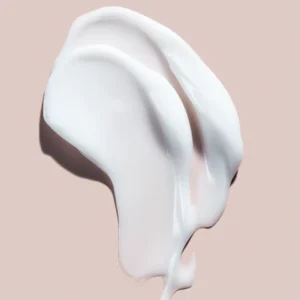
more from us...
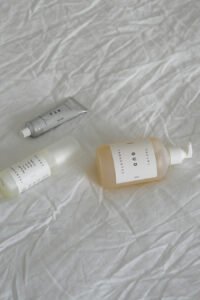
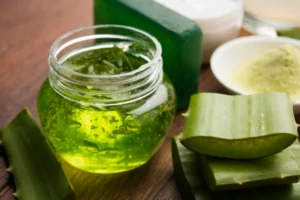
Aloe Vera + Green Tea Mask: The Soothing Sunburn Remedy You Need to Try
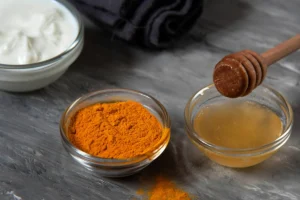

Why Your Skin Barrier Is Freaking Out — and How to Calm It Down
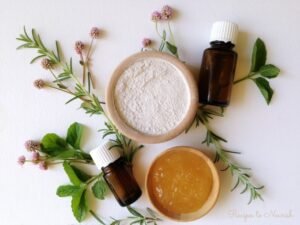
Natural Remedies for Acne That Actually Work – Dermatologist-Backed Guide (2026)

